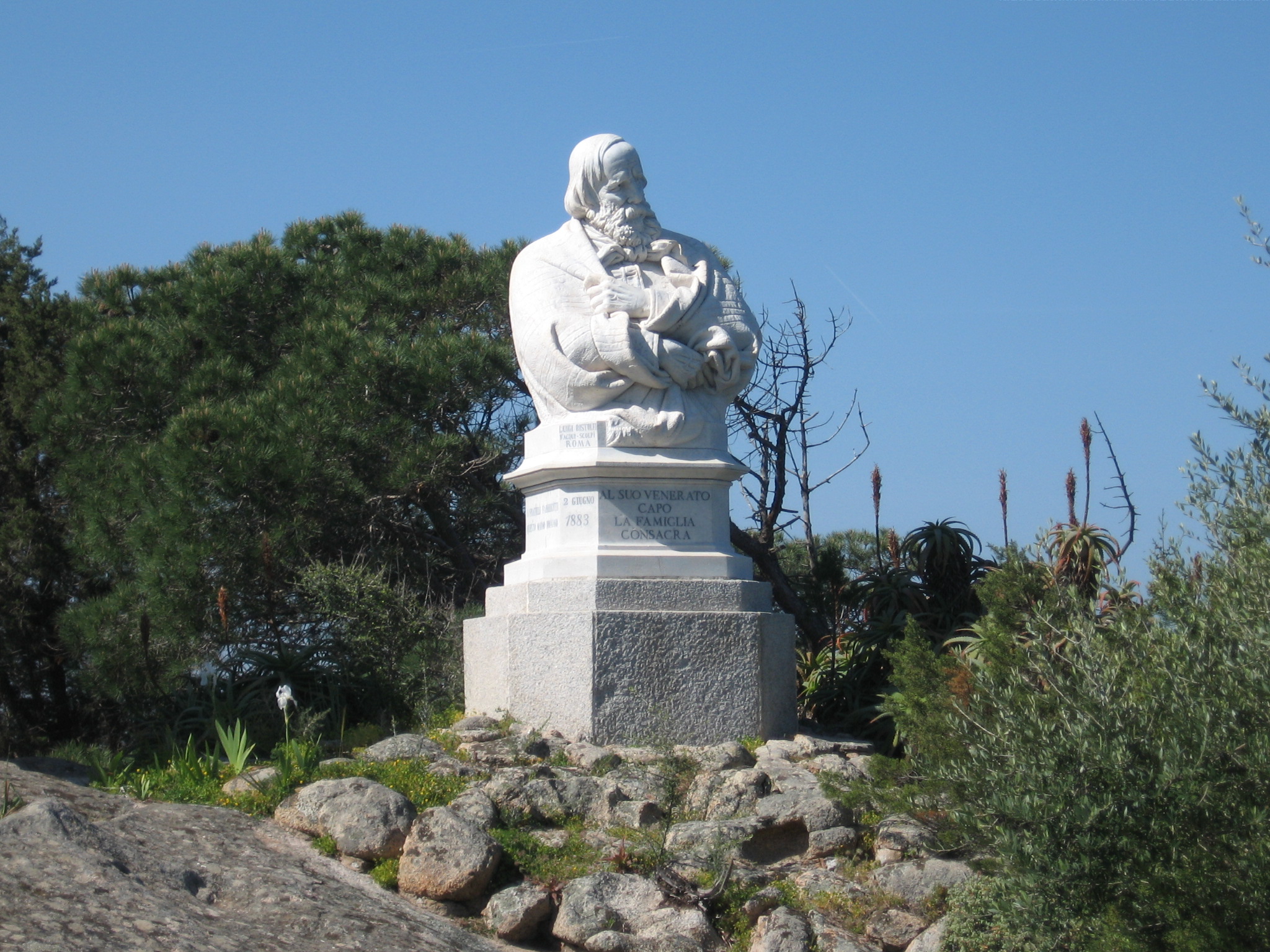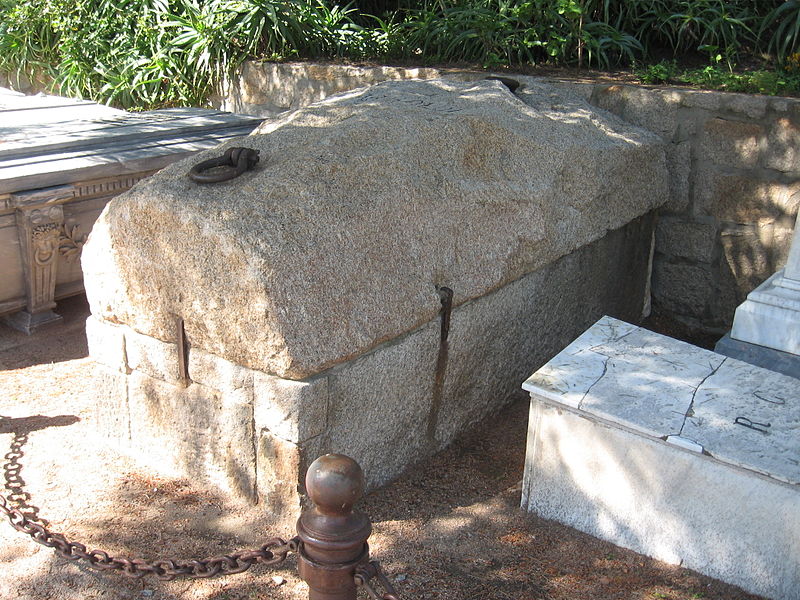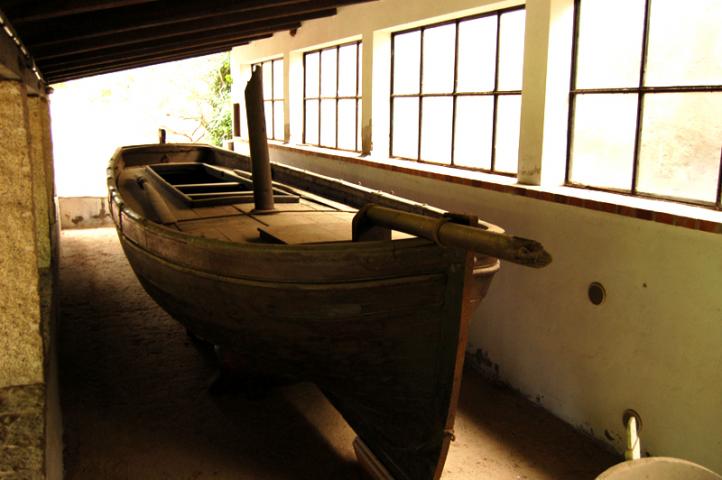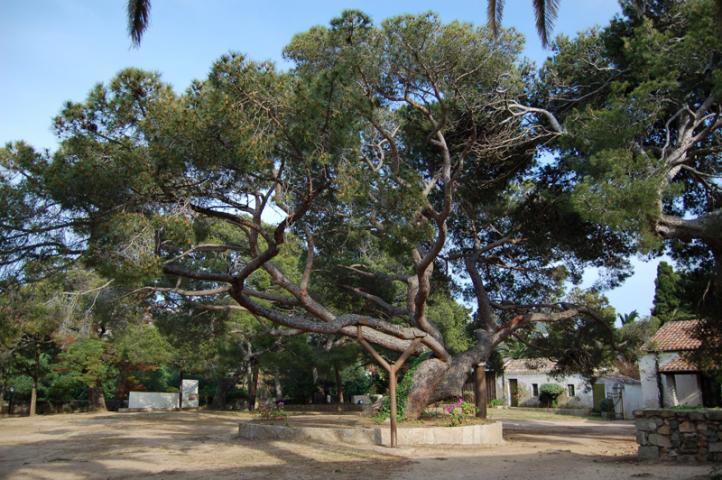
Compendio Garibaldino – Garibaldi’s House/Museum
This post is also available in:
 Italiano (Italian)
Italiano (Italian)
Inside the Maddalena Archipelago, a protected marine area of national and community interest, the island of Caprera extends over an area of some 6 square miles. Right there, there’s “Garibaldi Compendium”, the national museum that houses modest-sized buildings that Giuseppe Garibaldi – the national hero of the “Risorgimento” movement – bought and had built starting from 25 September 1849, the year of his first arrival.
Beyond the first house, basically a pre-existing restored sheepfold, there is the “White House”, the granite dwelling built by Garibaldi himself to accommodate his whole family, the old stable that now houses several objects belonged to the General, and the “Iron House”, where Garibaldi set up his library.
From the central courtyard, overlooked by all these buildings, a narrow path leads to the small family cemetery. During the years he spent in Caprera, Garibaldi devoted himself to agronomy and botany, while in 1867, to celebrate the birth of his daughter, he planted the “Clelia’s” stone pine (Pinus pinea) in the internal garden of the villa: today, it is acknowledged as a monumental tree.
FLORA AND FAUNA
The eastern part of the coast is shielded by a small ridge of pink granite, quite difficult to reach and partly covered by juniper, mastic trees and other typical Mediterranean plants. Towards the west, there are flat expanses of Mediterranean scrub (currently used for pasture and vineyards), and a vast pine forest partly planted by Giuseppe Garibaldi himself.
The island is home to various endemic species, such as the pygmy keeled lizard ( Algyroides fitzingeri), the smallest of its kind in Europe, and the Silene velutina, a typical plant of the Mediterranean scrub. In the most sheltered points grow holm oaks, junipers, olive trees (Olea europaea), pines, and tree spurge (Euphorbia dendroides).
Looking east, there’s “Scogli dei Monaci” (“Rocks of the Monks”), home to many particular sea birds, such as audouin’s gulls and European storm petrels. In the winter months sightings of boobies and Atlantic puffins, typical birds of North European cliffs, can be quite frequent on the whole islands. The wondrous seabed is rocky, sandy, and covered with Neptune grass (Posidonia oceanica).
The island can be visited on foot thanks to a straight path along the east coast (called “Poggio Zonza”, about an hour’s walk).
This post is also available in:
 Italiano (Italian)
Italiano (Italian)
Contatti
La Maddalena(OT)
0789 727162
caprera.ambientess@arti.beniculturali.it
http://www.compendiogaribaldino.it
Altre info
Ingresso euro 5.00; ridotto euro 2. 50; gratuito per bambini e ragazzi fino ai 18 anni e over 65
Martedì - domenica; aperto lunedì in Albis
9:00 - 20:00





